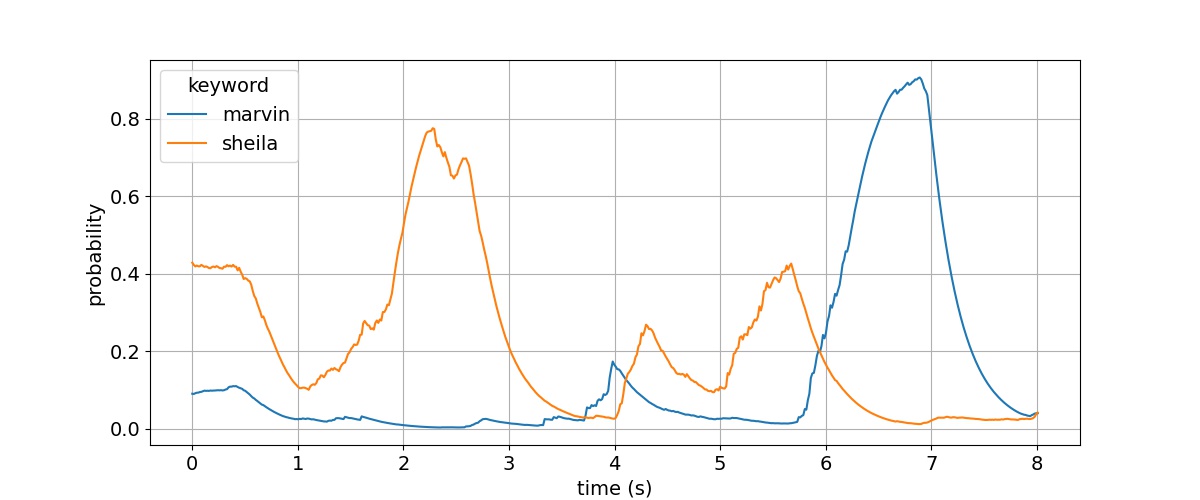Attention-based End-to-End Models for Small-Footprint Keyword Spotting
In this paper, we propose an attention-based end-to-end neural approach for small-footprint keyword spotting (KWS), which aims to simplify the pipelines of building a production-quality KWS system. Our model consists of an encoder and an attention mechanism. The encoder transforms the input signal into a high level representation using RNNs. Then the attention mechanism weights the encoder features and generates a fixed-length vector. Finally, by linear transformation and softmax function, the vector becomes a score used for keyword detection. We also evaluate the performance of different encoder architectures, including LSTM, GRU and CRNN. Experiments on real-world wake-up data show that our approach outperforms the recent Deep KWS approach by a large margin and the best performance is achieved by CRNN. To be more specific, with ~84K parameters, our attention-based model achieves 1.02% false rejection rate (FRR) at 1.0 false alarm (FA) per hour.
PDF Abstract


